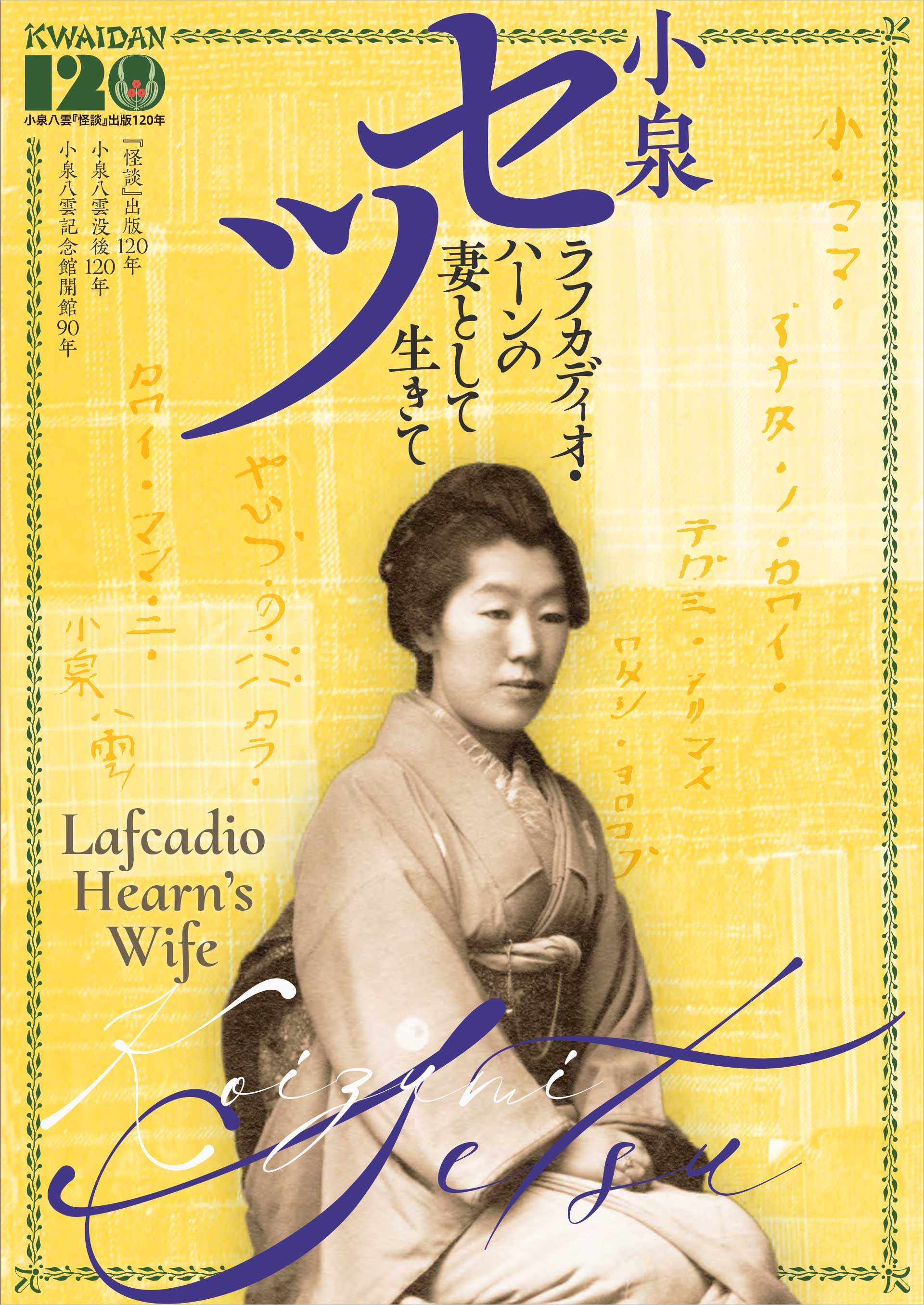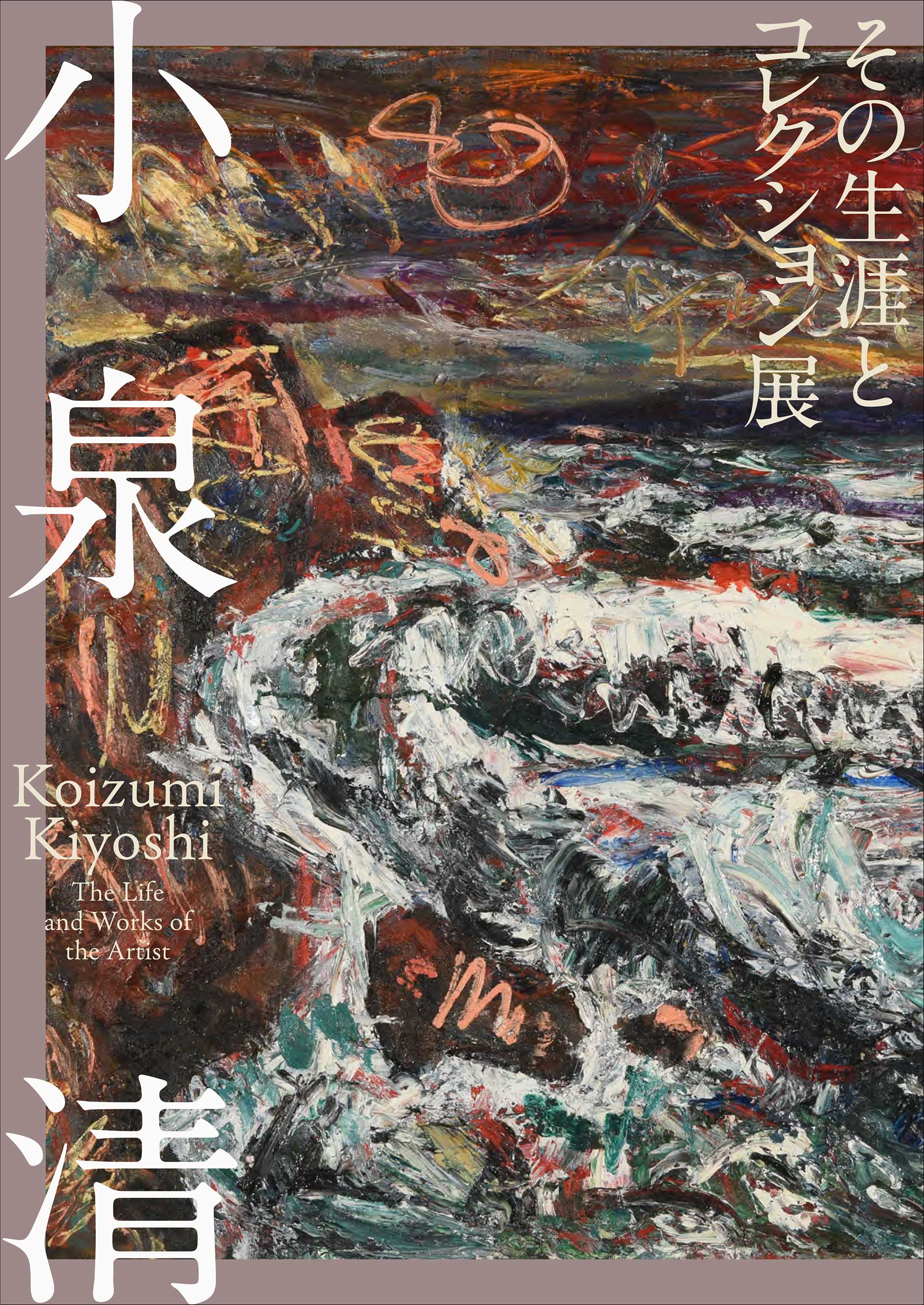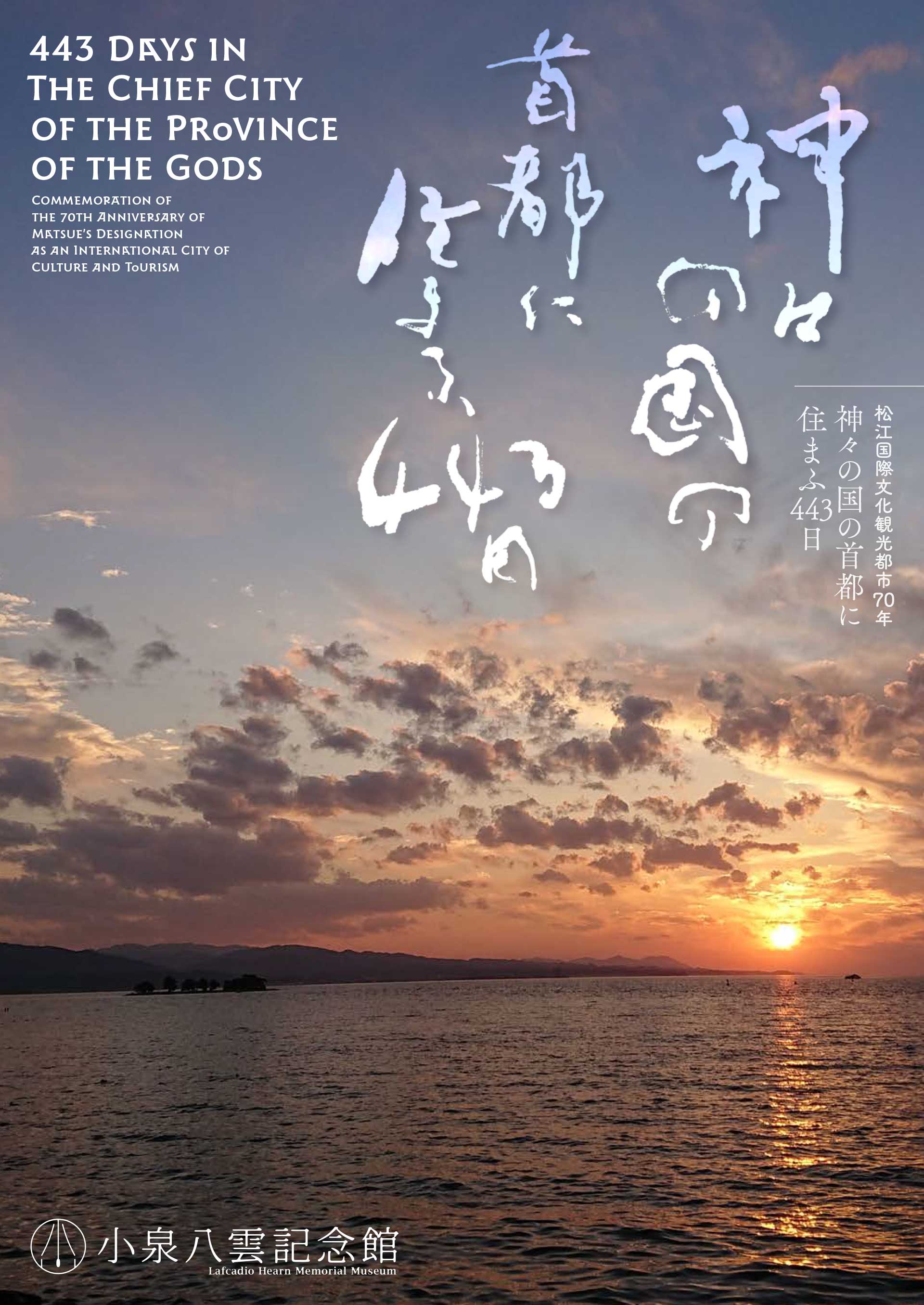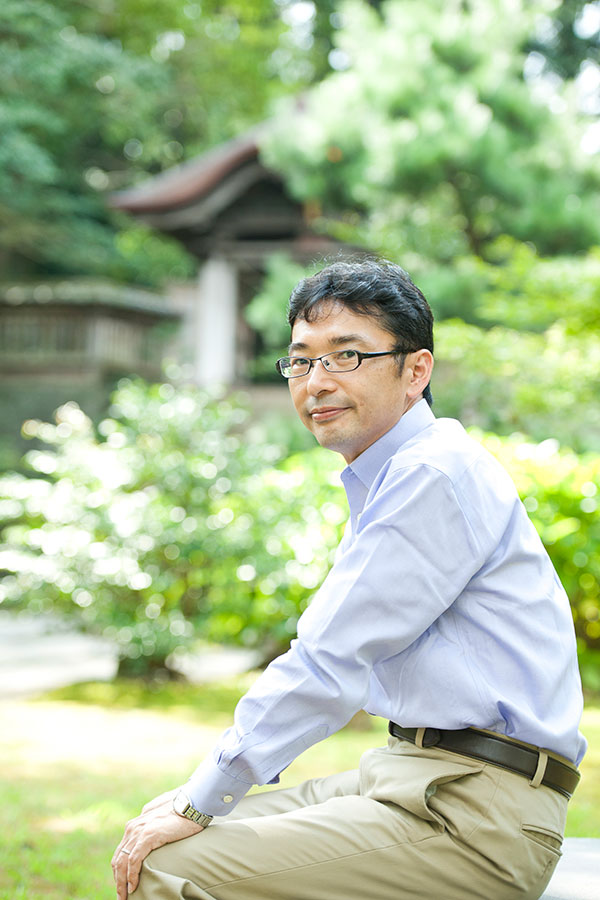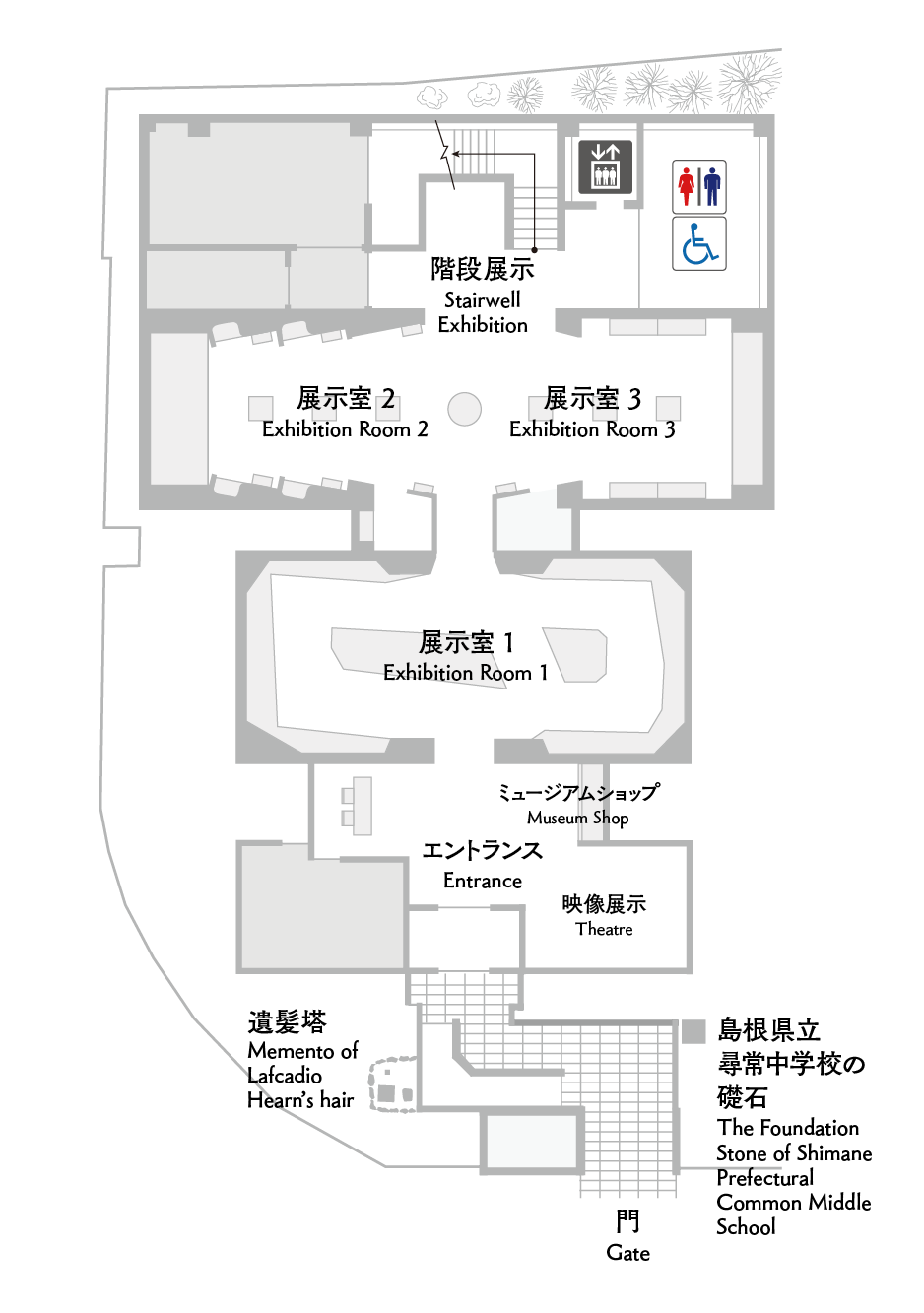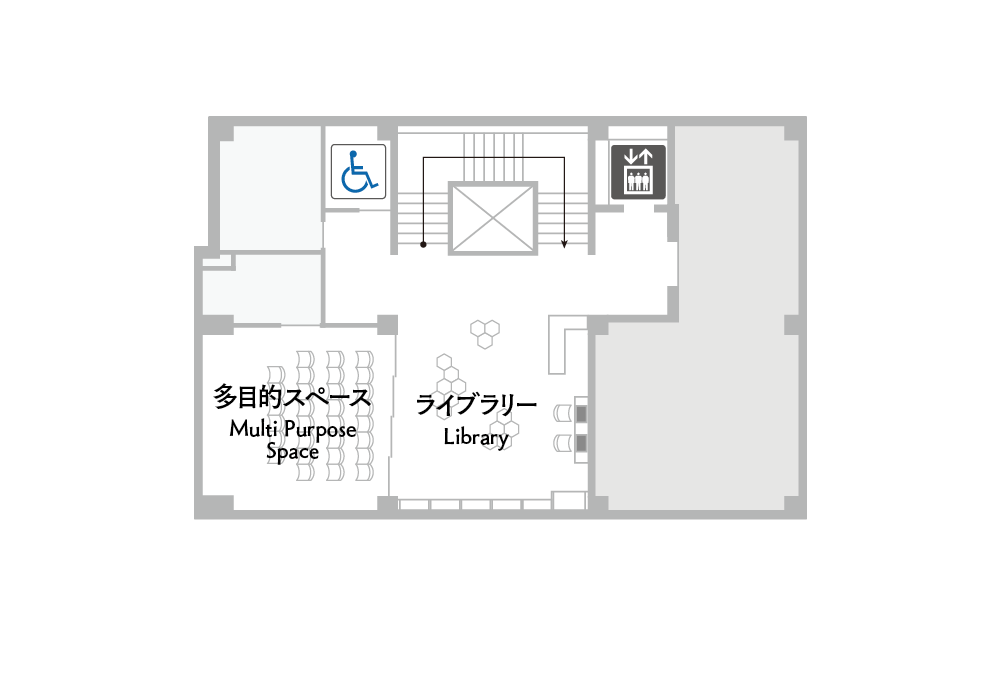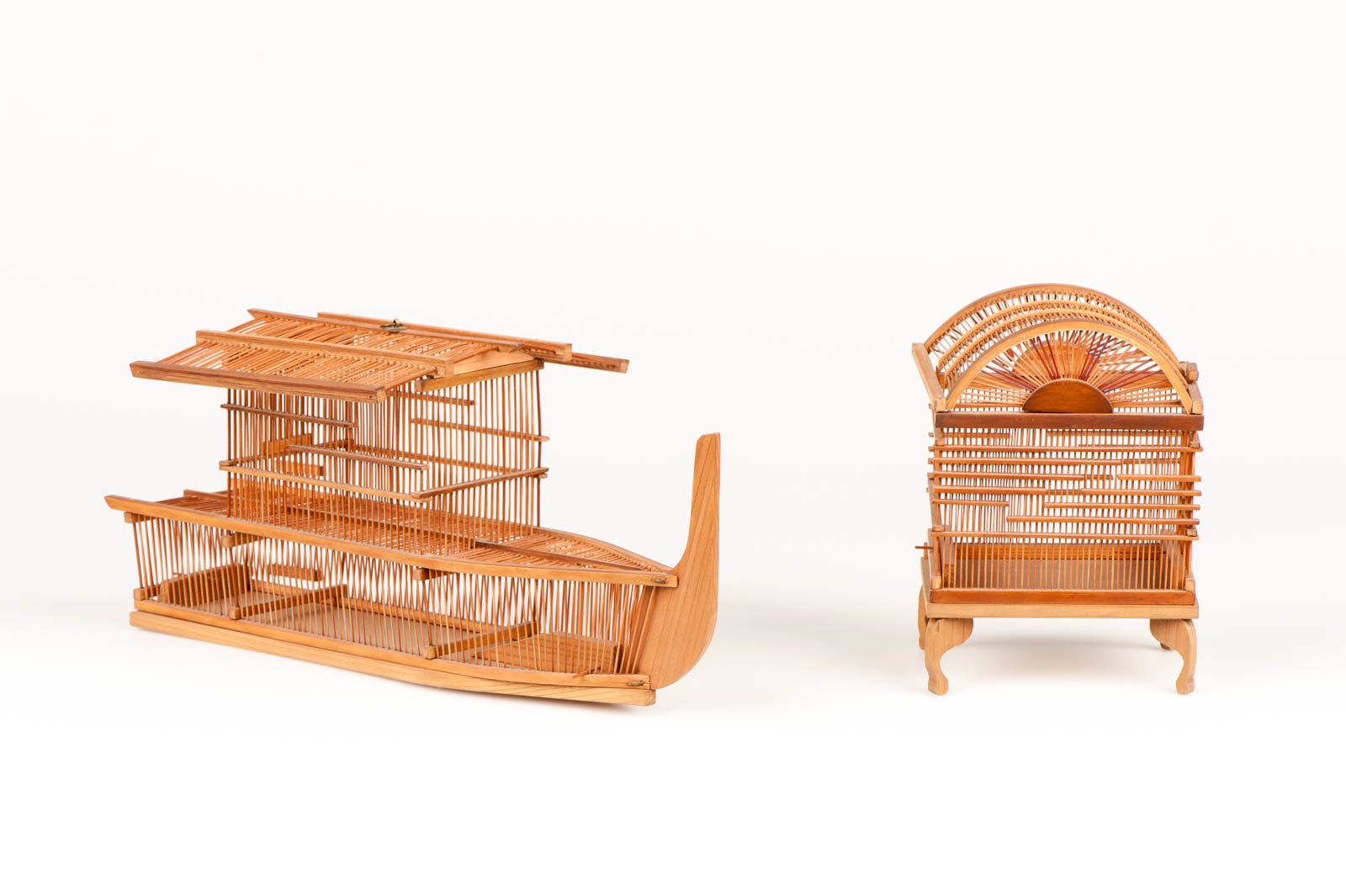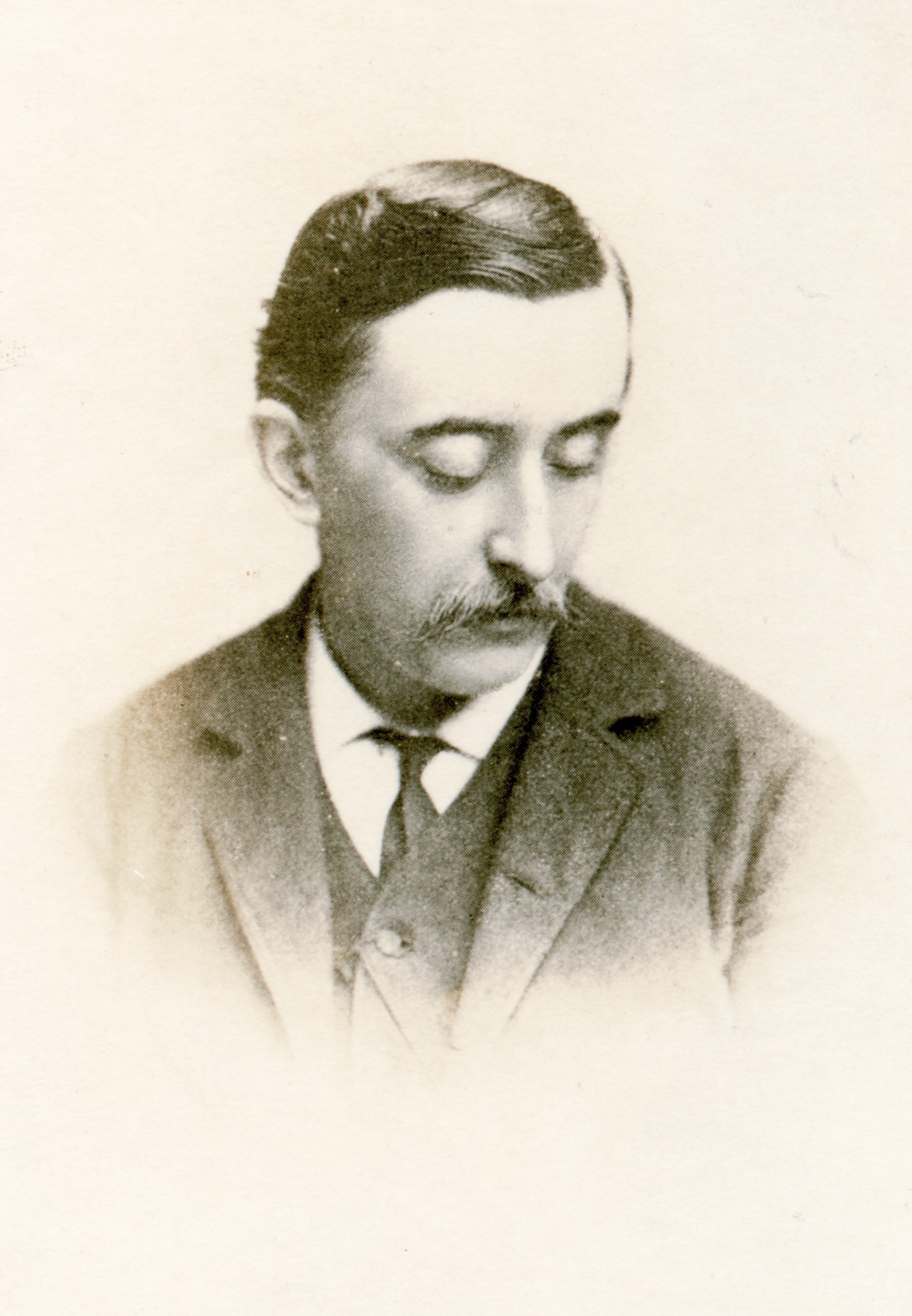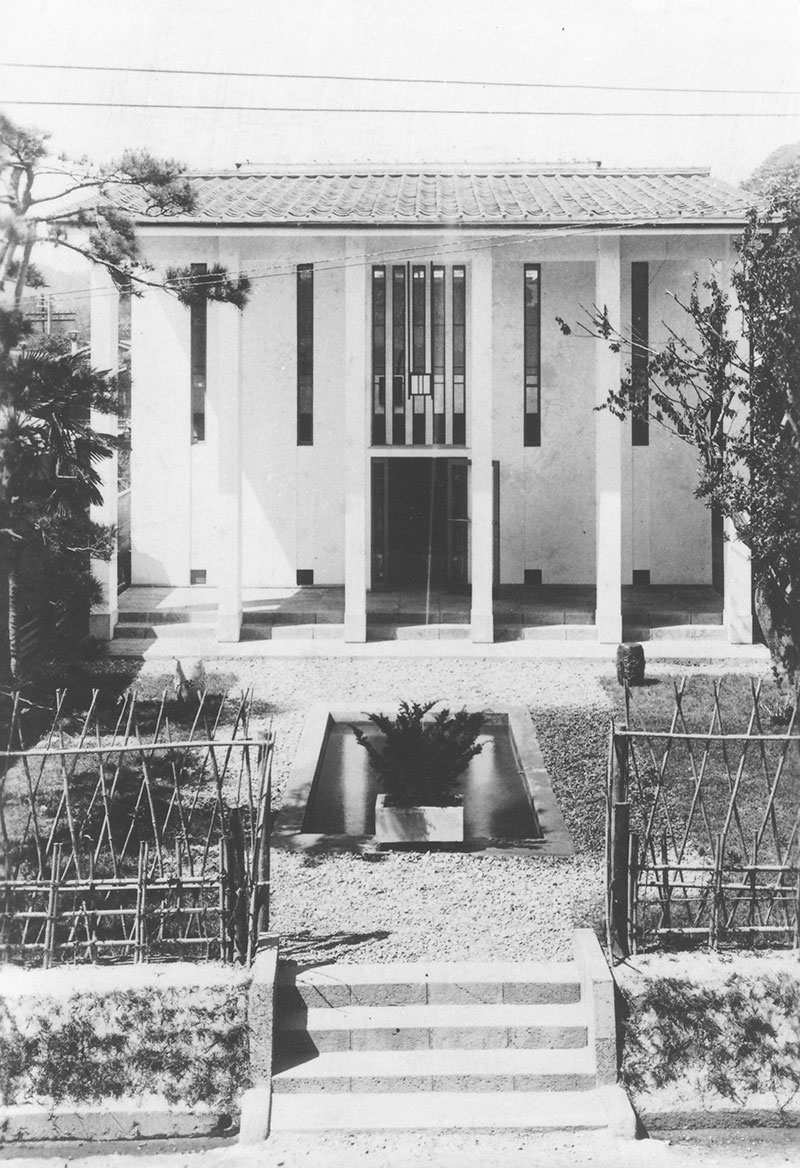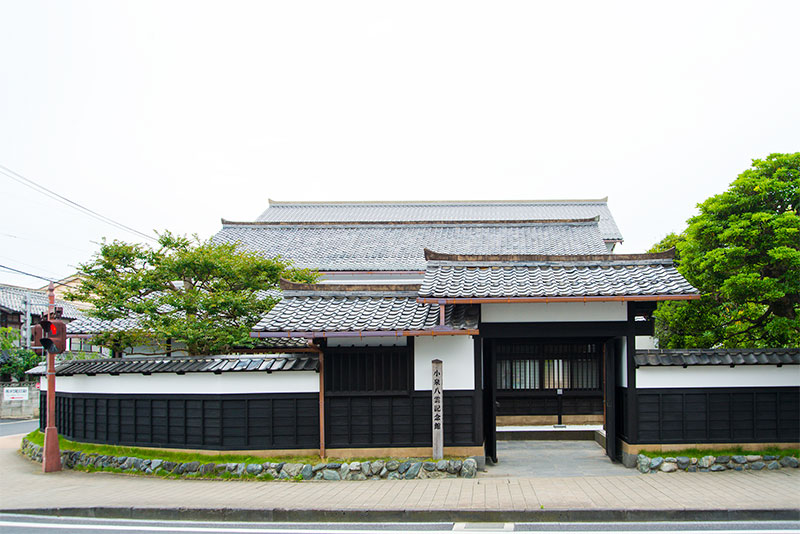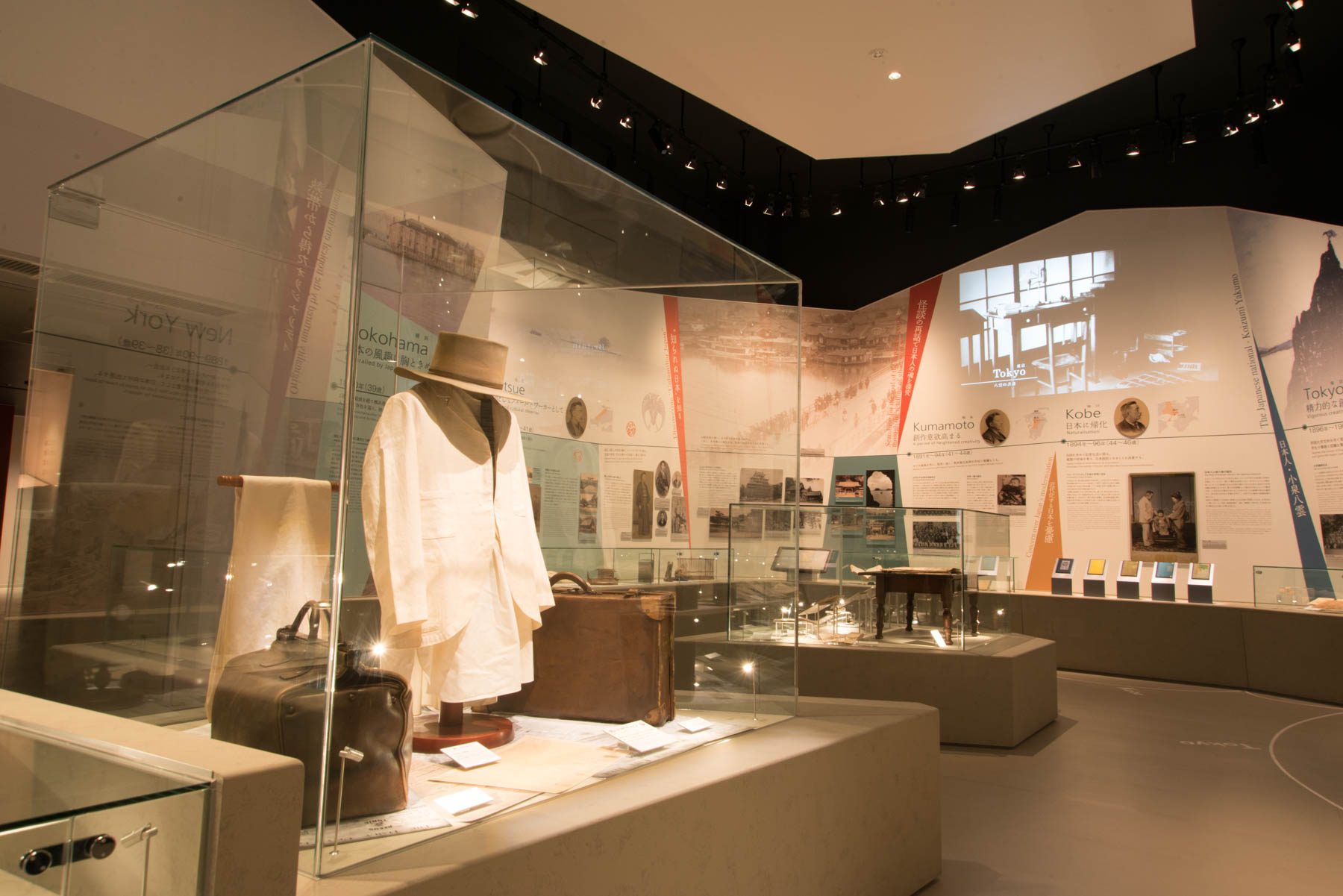
Exhibition Room 1
Hearn’s life is introduced here, based on the concept of “What he saw, what he heard and what resonated in his heart”.
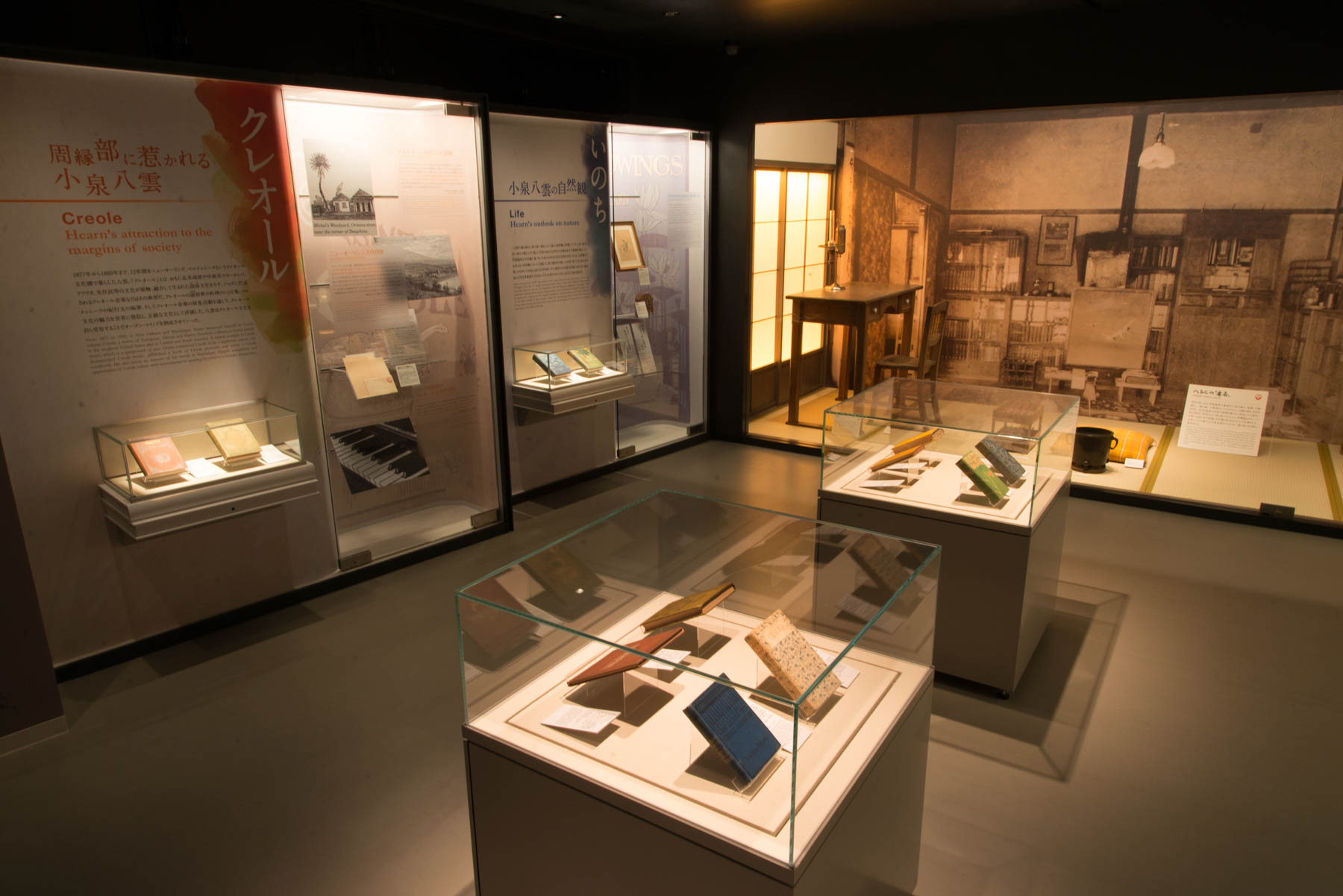
Exhibition Room 2
Hearn’s achievements and ideas are exhibited here from 8 different perspectives, including “Creole”, “Life” and “Retellings”. In the “Retellings” corner, stories are recited by actor Shiro Sano, with music by guitarist Kyoji Yamamoto (both of whom are from Matsue).
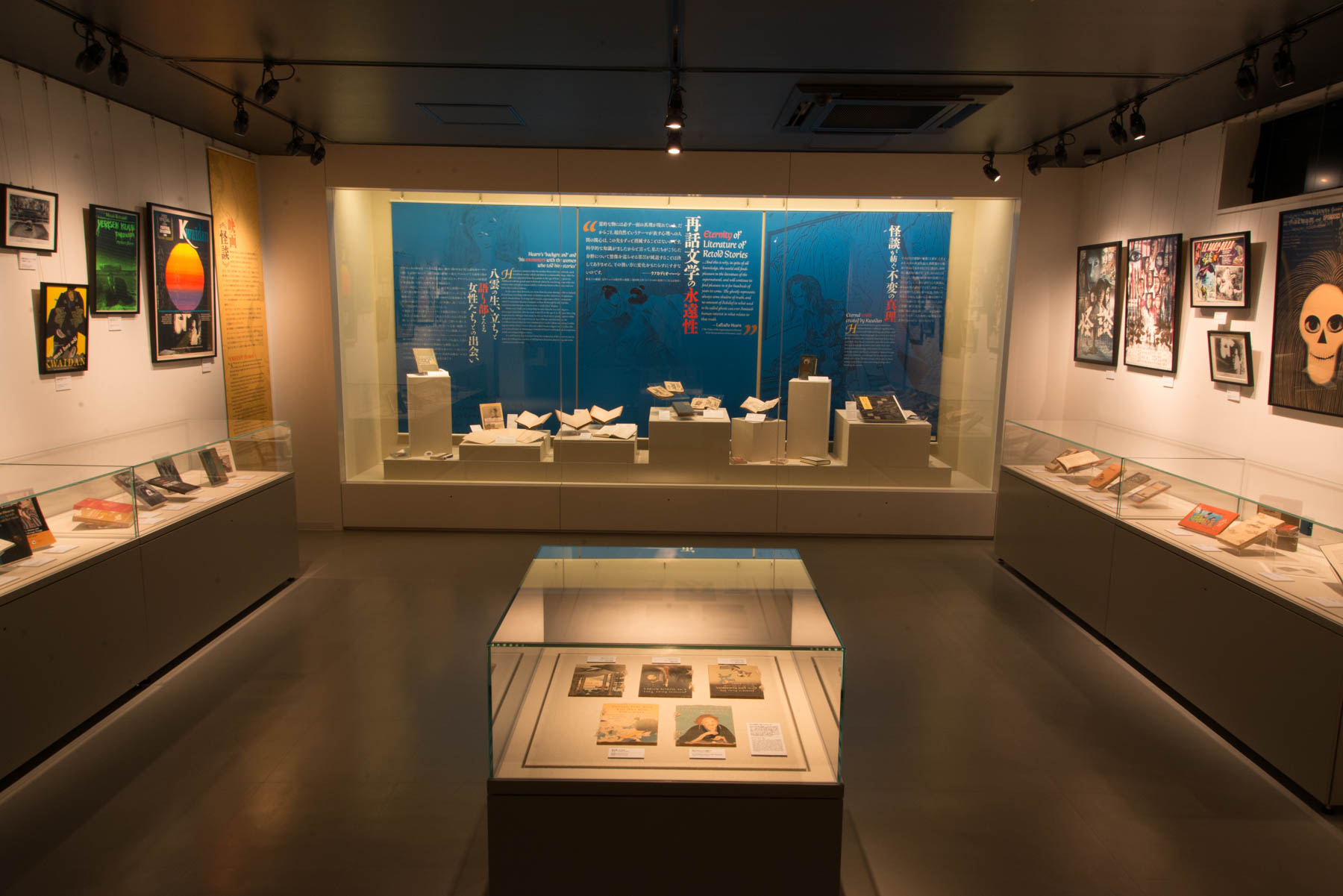
Exhibition Room 3
Various planned exhibitions related to Hearn take place here.

Stairwell Exhibition
Photos of Hearn’s family and artworks related to Hearn are displayed here.
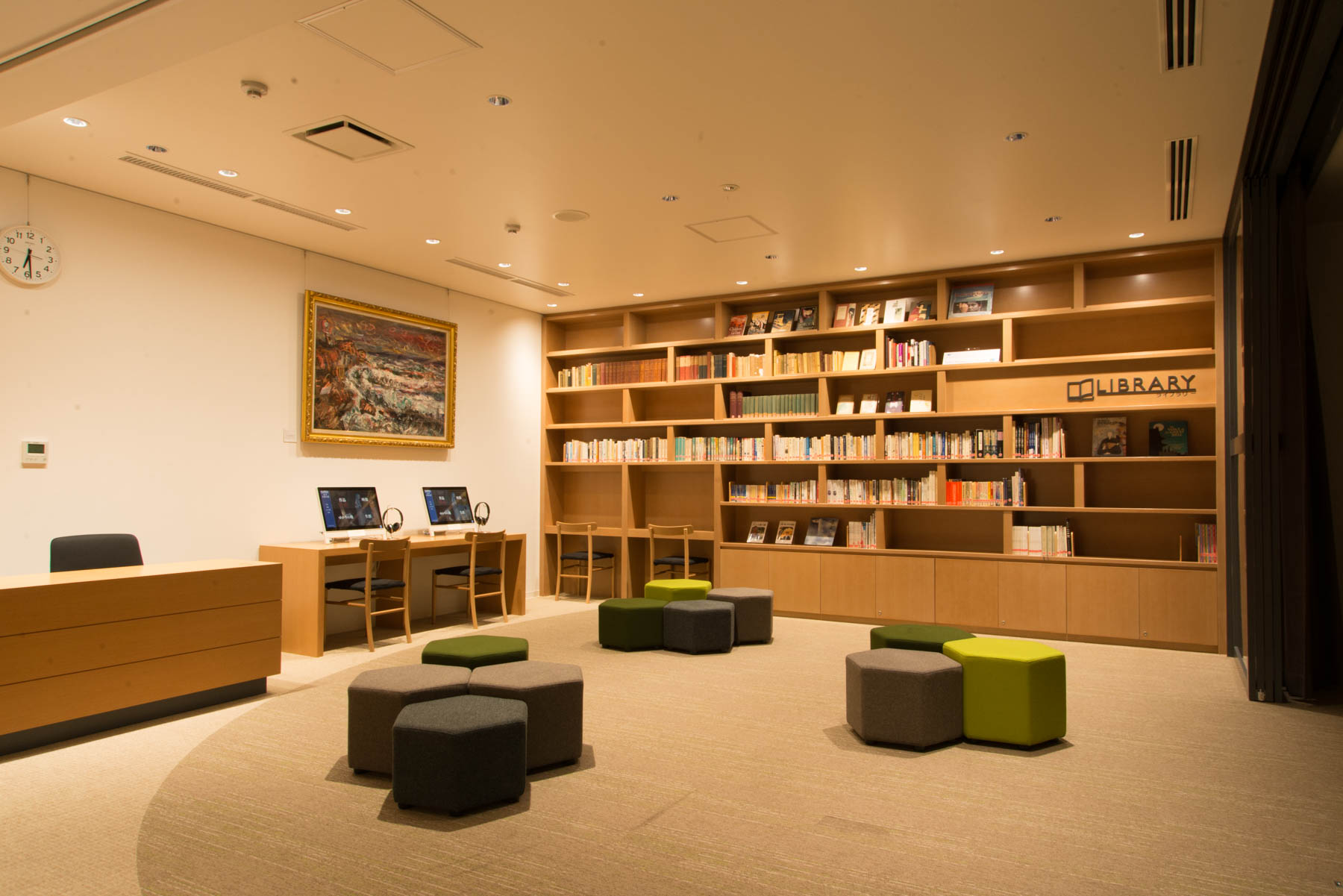
Library
Many of Hearn’s works and related writings are gathered here. A search system for his works and the areas connected to him is also available for use.
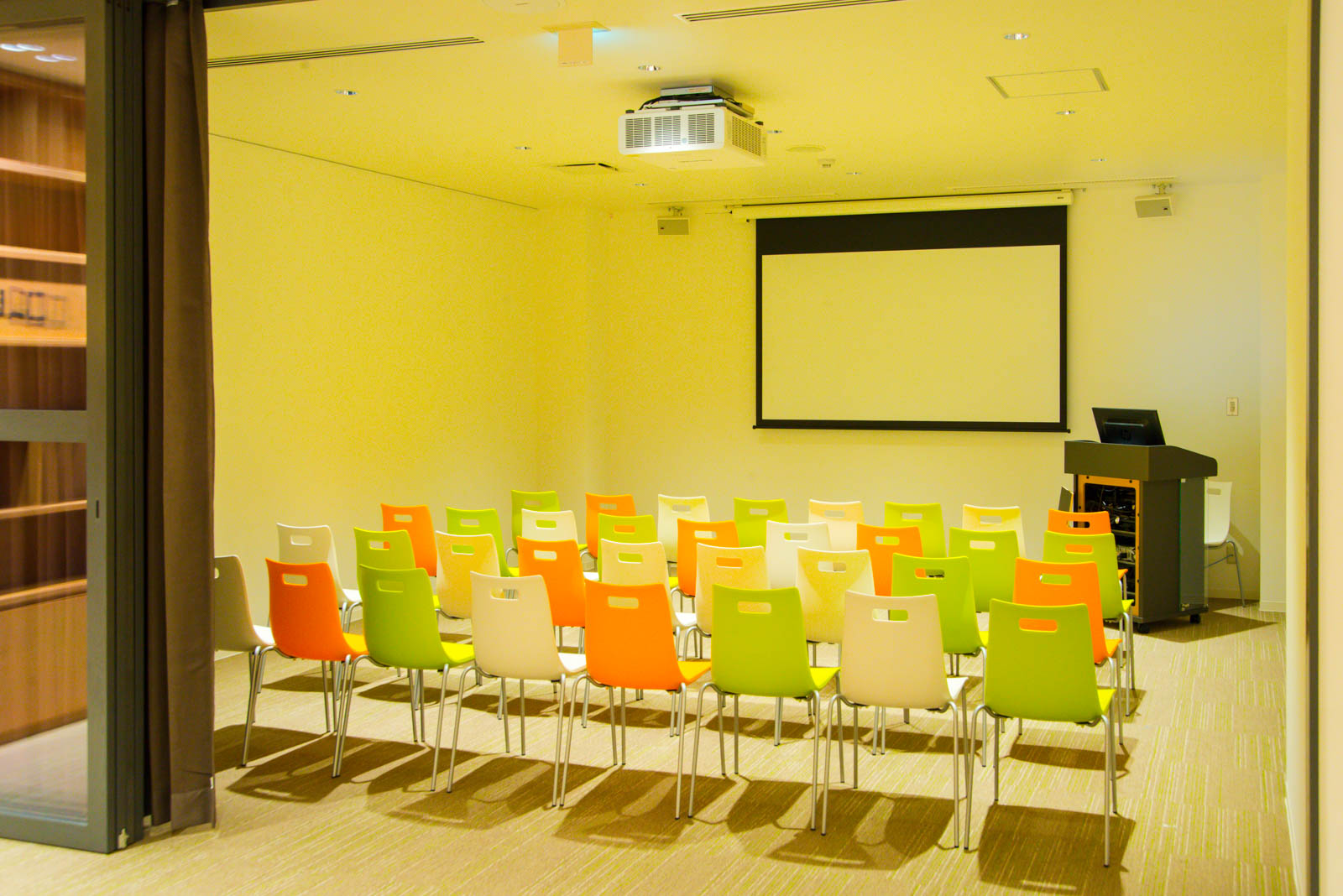
Multi Purpose Space
This is an area used to study Hearn, where lectures and workshops take place.
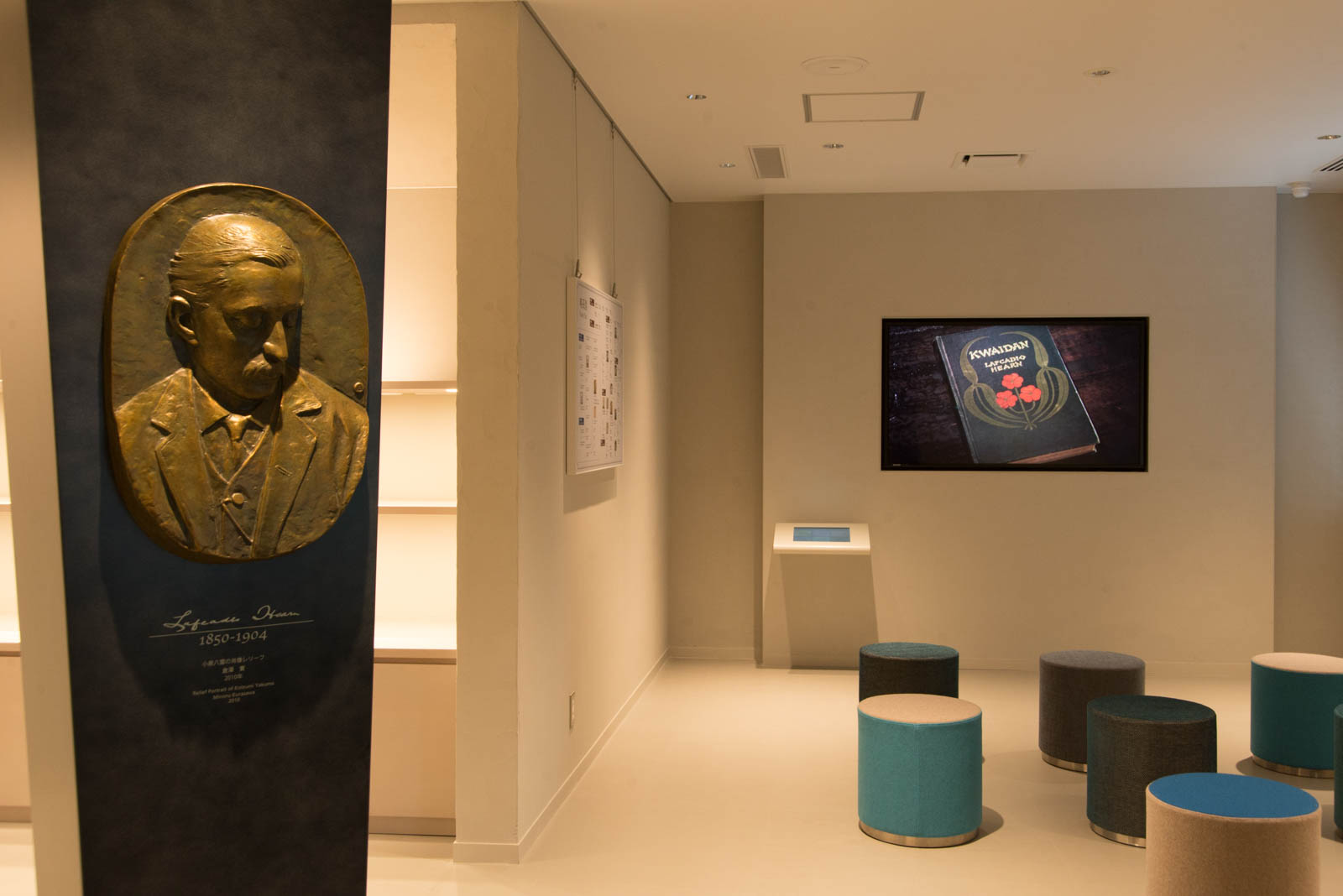
Entrance
A museum shop, with Hearn’s books and an array of goods, and a video exhibition corner, introducing Hearn’s life, are located here.

